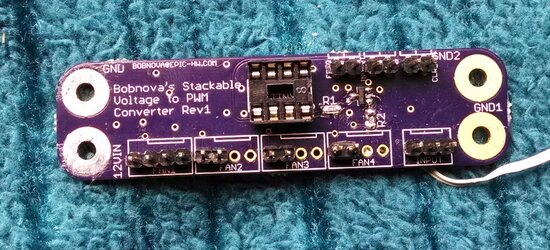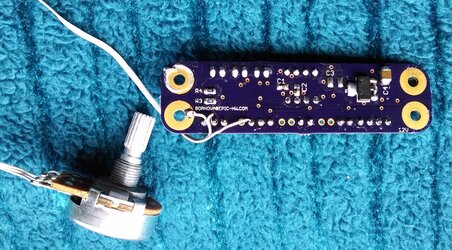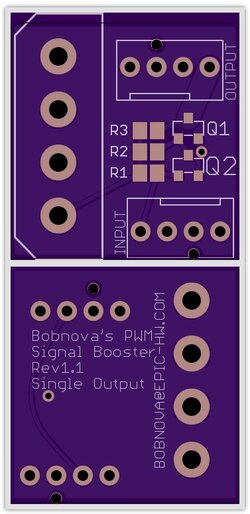- Joined
- May 10, 2009
- Thread Starter
- #41
These're the router inverters we generally installed: http://www.deltaacdrives.com/delta-vfd075v43a/
Be a little excessive for PC cooling fan use.
Be a little excessive for PC cooling fan use.
Welcome to Overclockers Forums! Join us to reply in threads, receive reduced ads, and to customize your site experience!


That turned out nice! Who do you have doing your boards and how much does it cost you for something that size?

Sorry to butt in, but WhitehawkEQ, is that just a standard 555 timer?
I'm trying to wrap my head around this kind of stuff. Did you have to program the chip or something?
It switches the ground on and off really fast PWM style. Fine for motors and for brushed fans, not so good for brushless fans.
Brushless fans have a controller built into them that doesn't always appreciate being turned on and off that fast very much.
 Problem is I cant reinstall the magic smoke in components.
Problem is I cant reinstall the magic smoke in components.
Any interest in a serial (or USB) controller for these strips? http://www.adafruit.com/products/1138
60 RGB LEDs per meter, individually addressable 24bit color.
I have two meters, it's really really cool stuff. Amazingly bright.
 )
)